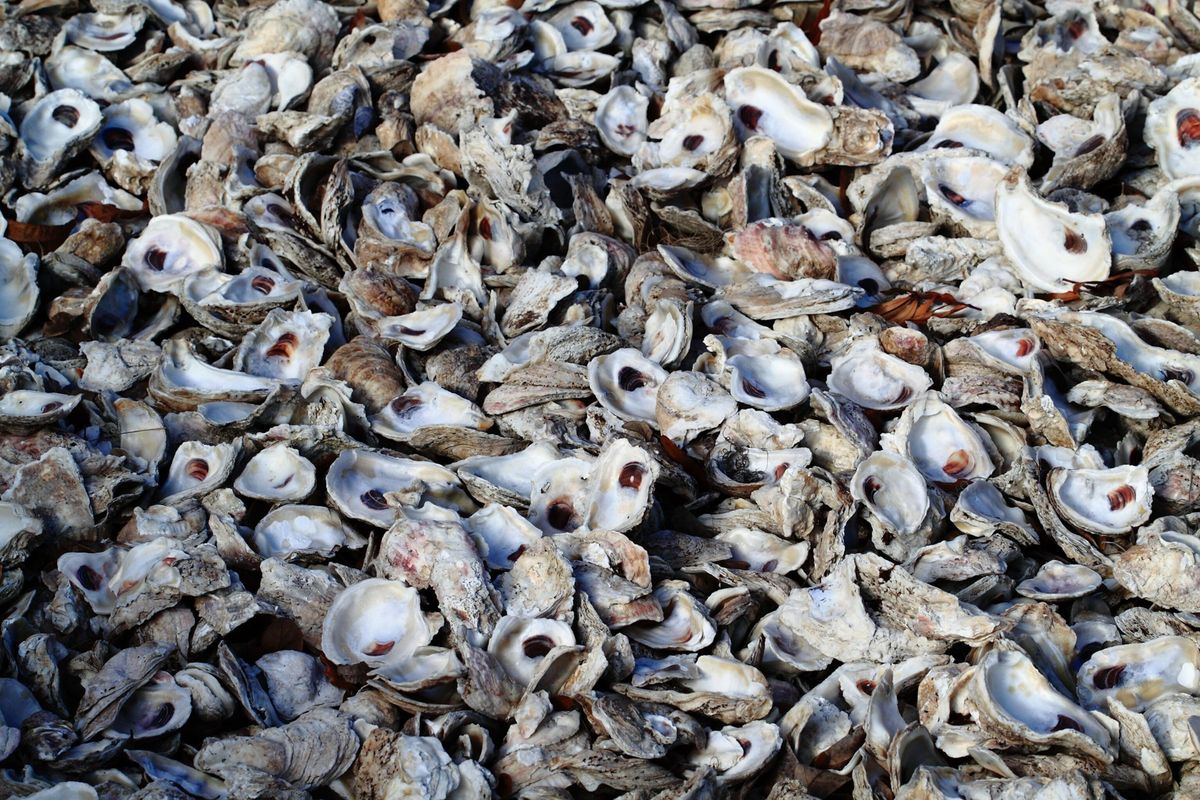Florida’s Ancient Shell Midden Islands Revealed

Have you ever wondered about the hidden history of Florida's ancient shell midden islands? These unique sites, formed by Native American communities, offer a glimpse into the past. Shell middens are essentially ancient trash heaps made up of shells, bones, and other discarded items. Over time, these piles grew into small islands. They tell stories of the people who lived there, their diets, and their daily lives. Visiting these islands is like stepping back in time. You can see how early Floridians adapted to their environment. If you're a history buff or just curious, exploring these ancient sites can be a fascinating adventure.
Florida's Ancient Shell Midden Islands
Florida's coastline hides a secret: ancient shell midden islands. These islands, formed by Native American tribes, are rich in history and culture. Let's explore some of these fascinating sites.
1. Mound Key Archaeological State Park
Mound Key, located in Estero Bay, is believed to be the ceremonial center of the Calusa tribe. This island, made entirely of shells, offers a glimpse into the lives of one of Florida's most powerful tribes.
- Historical Significance: Mound Key was the capital of the Calusa kingdom.
- Activities: Hiking trails, bird watching, and guided tours.
- Accessibility: Reachable only by boat.
2. Shell Mound Park
Shell Mound Park, near Cedar Key, is another ancient site worth visiting. This park features a large shell mound created by the Timucuan people over 1,000 years ago.
- Historical Significance: The mound served as a gathering place for the Timucuan tribe.
- Activities: Fishing, picnicking, and nature trails.
- Accessibility: Easily accessible by car.
3. Turtle Mound
Turtle Mound, located in Canaveral National Seashore, is one of the largest shell middens in the United States. This mound, created by the Timucuan people, offers stunning views of the Atlantic Ocean.
- Historical Significance: Used as a navigational landmark by early European explorers.
- Activities: Hiking, bird watching, and educational programs.
- Accessibility: Accessible via a short hike from the parking area.
4. Madira Bickel Mound State Archaeological Site
Madira Bickel Mound, located in Terra Ceia, is a prehistoric site that dates back over 2,000 years. This mound was used by various Native American tribes for ceremonial purposes.
- Historical Significance: One of the first sites in Florida to be preserved for its archaeological value.
- Activities: Self-guided tours and interpretive displays.
- Accessibility: Easily accessible by car.
5. Crystal River Archaeological State Park
Crystal River Archaeological State Park, located on Florida's Gulf Coast, features six mounds built by Native Americans over 1,600 years ago. This site was a major ceremonial center and trading hub.
- Historical Significance: A key site for understanding the pre-Columbian history of Florida.
- Activities: Museum exhibits, guided tours, and hiking trails.
- Accessibility: Accessible by car with ample parking.
6. Tomoka State Park
Tomoka State Park, near Ormond Beach, is home to the Nocoroco site, an ancient Timucuan village with several shell middens. This park offers a mix of history and natural beauty.
- Historical Significance: The site provides insights into the daily lives of the Timucuan people.
- Activities: Boating, fishing, and camping.
- Accessibility: Easily accessible by car.
7. Weedon Island Preserve
Weedon Island Preserve, located in St. Petersburg, is a cultural and environmental gem. The preserve features several shell middens created by the Tocobaga people.
- Historical Significance: The site includes ancient burial mounds and village remnants.
- Activities: Kayaking, hiking, and educational programs.
- Accessibility: Accessible by car with well-maintained trails.
8. Fort Center Archaeological Site
Fort Center, located in the Lake Okeechobee region, is an ancient site with numerous earthworks and shell middens. This site was inhabited by the Belle Glade culture.
- Historical Significance: The site includes a large circular mound and a series of canals.
- Activities: Archaeological tours and bird watching.
- Accessibility: Accessible by car with guided tours available.
9. Hontoon Island State Park
Hontoon Island, located on the St. Johns River, features shell middens created by the Timucuan people. This island offers a peaceful retreat with rich history.
- Historical Significance: The island was a significant site for the Timucuan tribe.
- Activities: Canoeing, hiking, and camping.
- Accessibility: Reachable only by ferry or private boat.
10. Big Mound City
Big Mound City, located in the Everglades, is an ancient site with numerous earthworks and shell middens. This site was inhabited by the Belle Glade culture.
- Historical Significance: The site includes a large circular mound and a series of canals.
- Activities: Archaeological tours and bird watching.
- Accessibility: Accessible by car with guided tours available.
Discovering History in Florida's Shell Midden Islands
Florida's ancient shell midden islands offer a unique glimpse into the past. These islands, formed by Native American communities, are rich with artifacts and history. Exploring them reveals how early inhabitants lived, what they ate, and how they interacted with their environment. Visiting these sites provides a tangible connection to history, making it a fascinating experience for anyone interested in archaeology or history.
These islands are not just historical sites; they are also beautiful natural areas. The lush vegetation and diverse wildlife add another layer of interest. Whether you're a history buff or a nature lover, these islands have something to offer.
Next time you're in Florida, consider visiting these ancient shell midden islands. They provide a unique opportunity to step back in time and appreciate the rich cultural heritage of the region.

